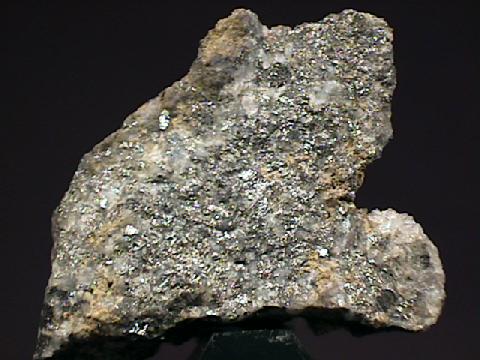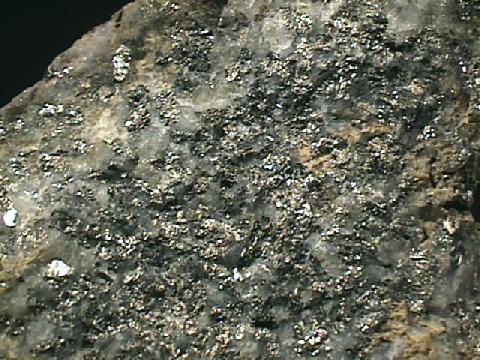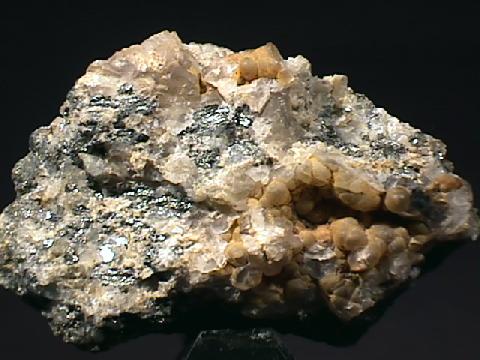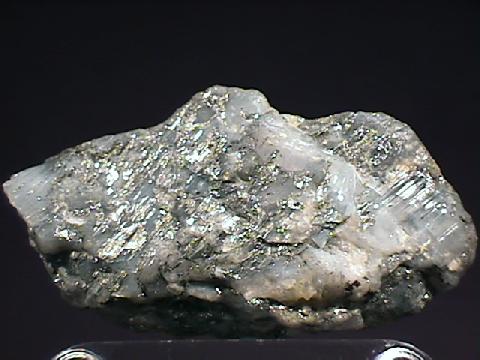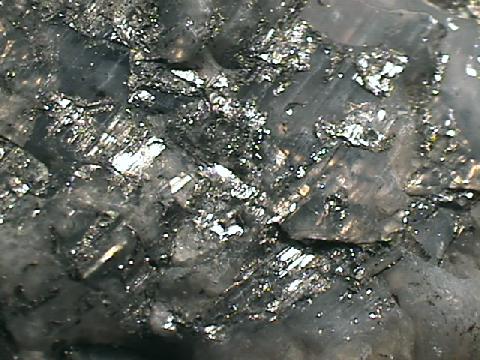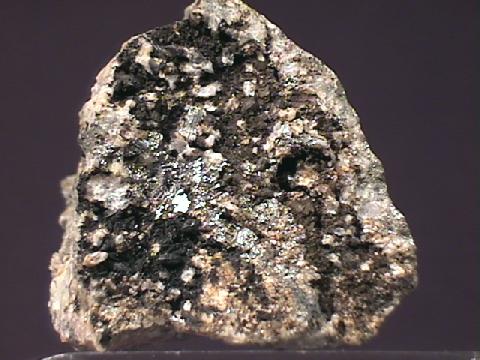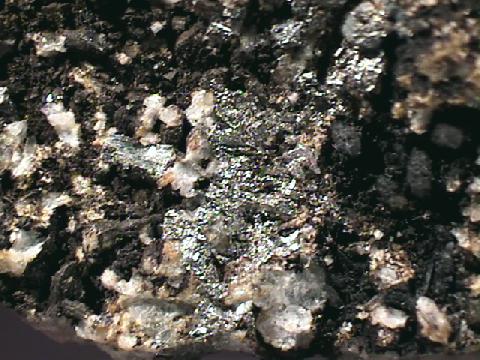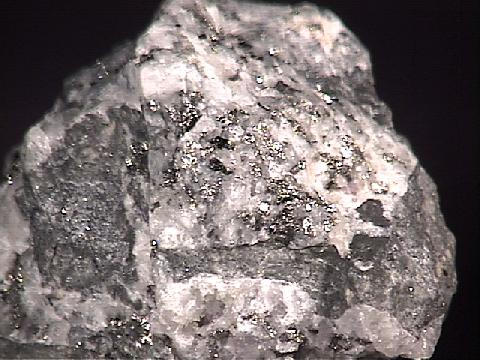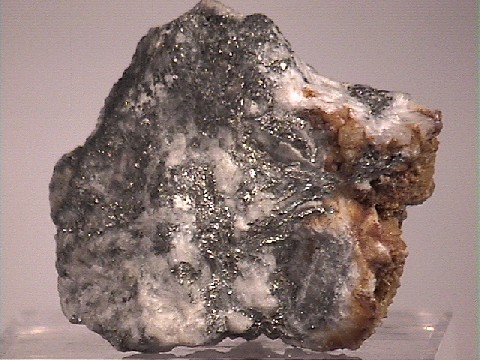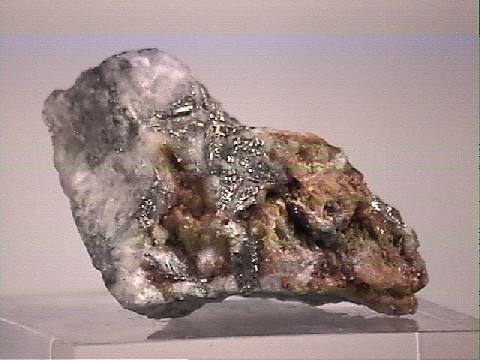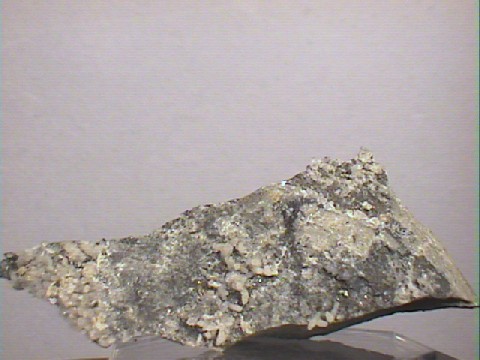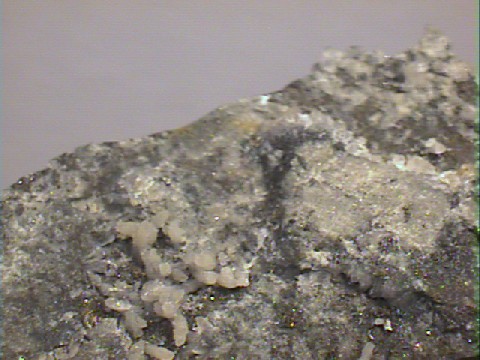 THE MINERAL CALAVERITE
THE MINERAL CALAVERITE
- Chemistry: AuTe2, Gold Telluride.
- Class: Sulfides
- Subclass: Tellurides
- Uses: A very minor ore of gold and tellurium and as mineral specimens.
Specimens
For some reason gold has an affinity for the element tellurium, which is sometimes found naturally as
native tellurium.
Tellurium is a semi-metallic element which means that it has some properties of metals but not all or as strongly.
This helps provide an explanation for gold's, and other metals such as silver's, attraction to tellurium.
Other gold tellurides include sylvanite, (Silver Gold Telluride);
Crystals of calaverite are unique and of interest to collectors. Typically found as striated prisms that can be twinned causing sharp bends, reticulated individuals and skeletal or arborescent formations. These clusters remind many collectors of writing.
PHYSICAL CHARACTERISTICS:
- Color is silver white to brassy yellow.
- Luster is a bright metallic.
- Transparency: Crystals are opaque.
- Crystal System: Monoclinic; 2/m
- Crystal Habits include prismatic to more rarely tabular crystals that are often twinned into sharp bends, reticulated individuals and skeletal or arborescent formations. These are sometimes described as looking like writing. Also found as granular masses.
- Cleavage is absent.
- Fracture is conchoidal.
- Hardness is 2.5 - 3
- Specific Gravity is approximately 9.1 - 9.3 (very heavy even for metallic minerals).
- Streak is a yellow gray.
- Other Characteristics: Crystals tend to be deeply striated parallel to the prominent length.
- Associated Minerals include gold, quartz,
celestite,
fluorite,
pyrite, nagyagite, sylvanite,
krennerite and other rare telluride minerals. - Notable Occurrences include Cripple Creek in Teller County, Colorado and Calaveras County (from where it gets its name), California, USA; Nagyag, Romania; Kirkland lake Gold District, Ontario and Rouyn District, Quebec, Canada and Kalgoorlie, Australia.
- Best Field Indicators are crystal habit, density, softness, color, luster, association with other tellurides and gold and lack of cleavage.

